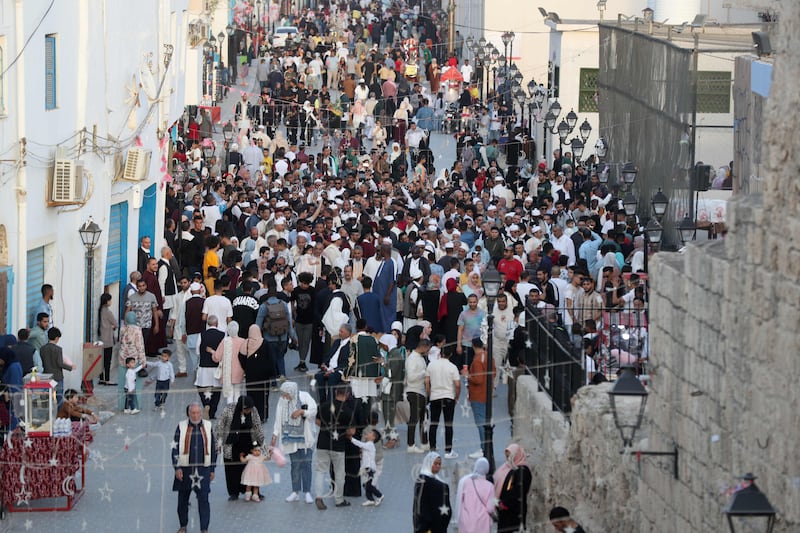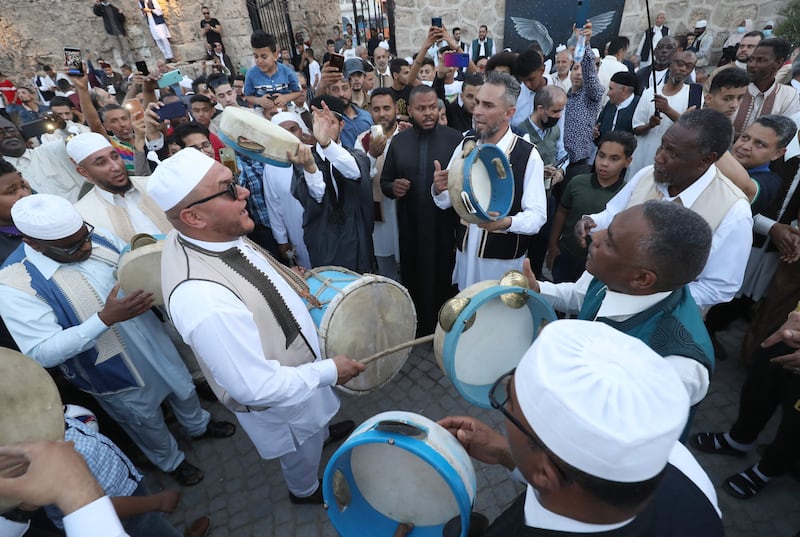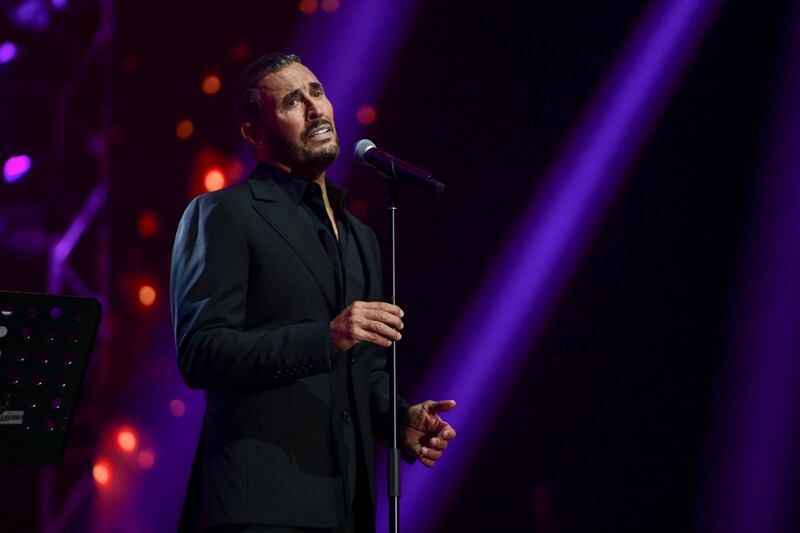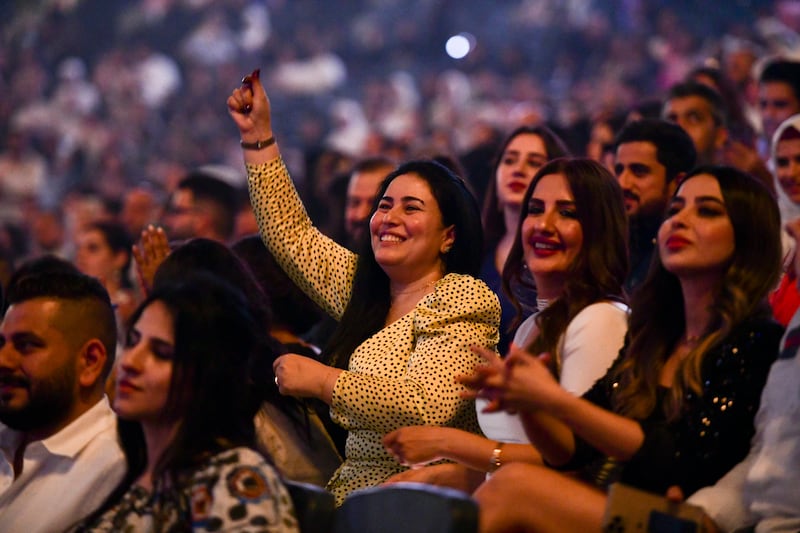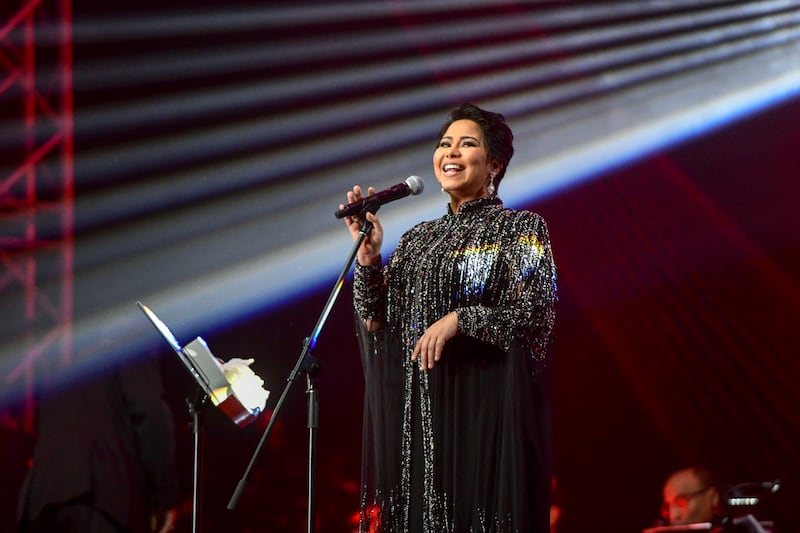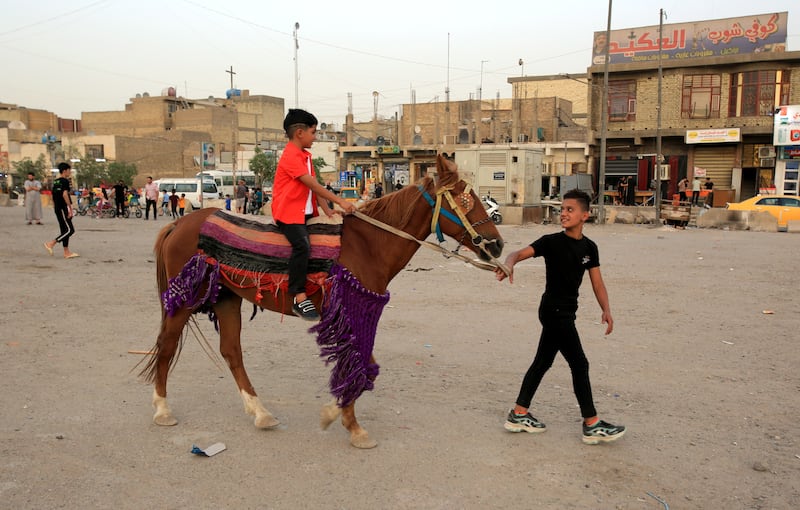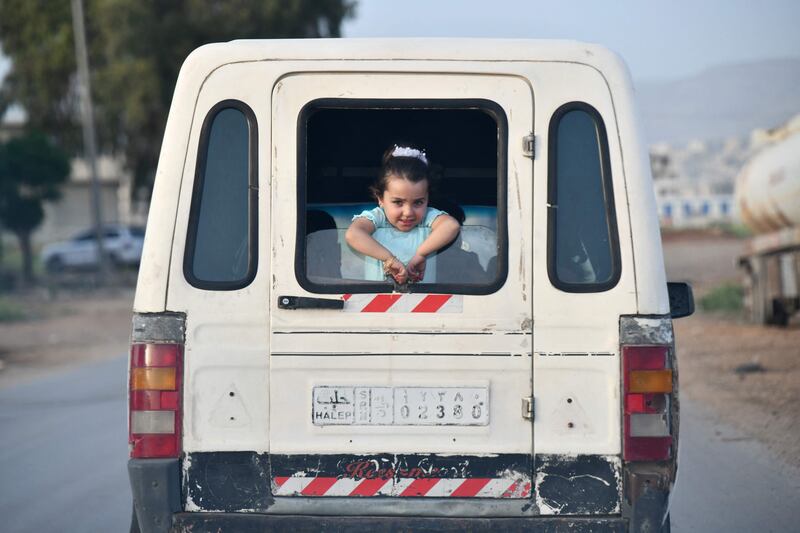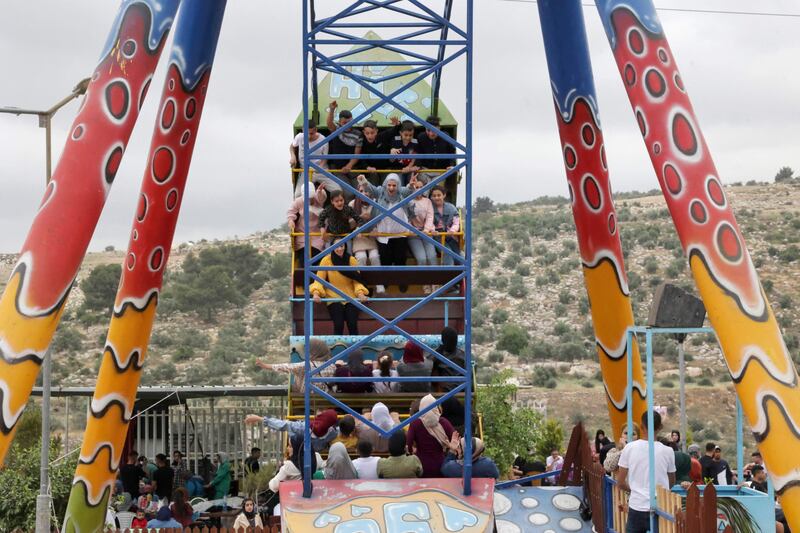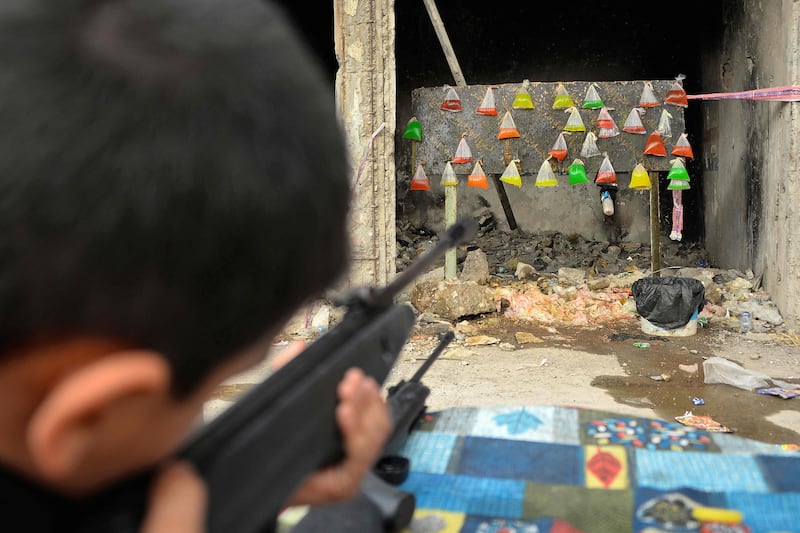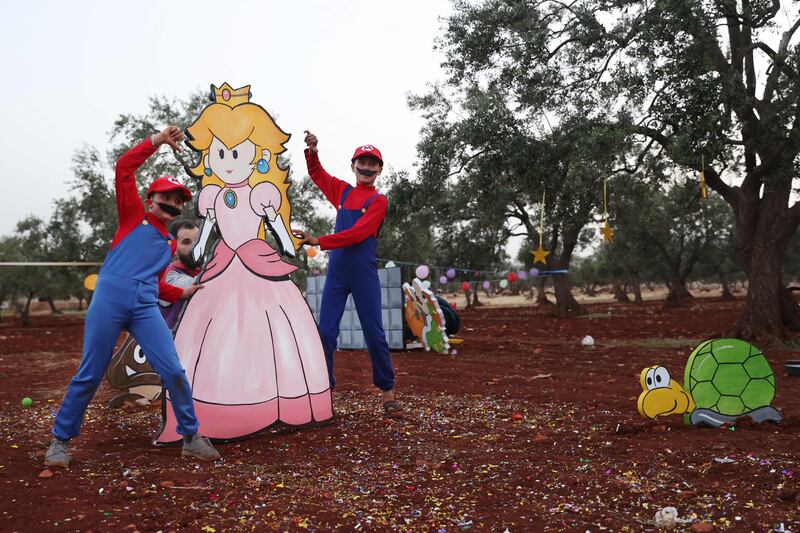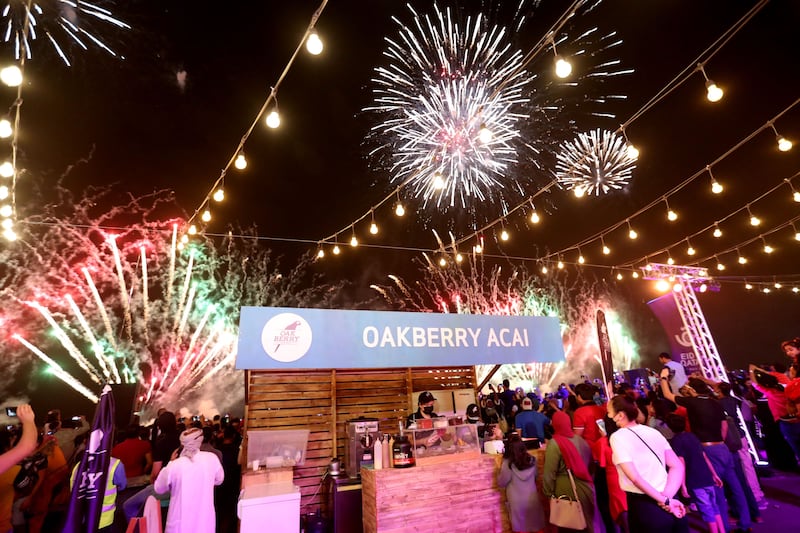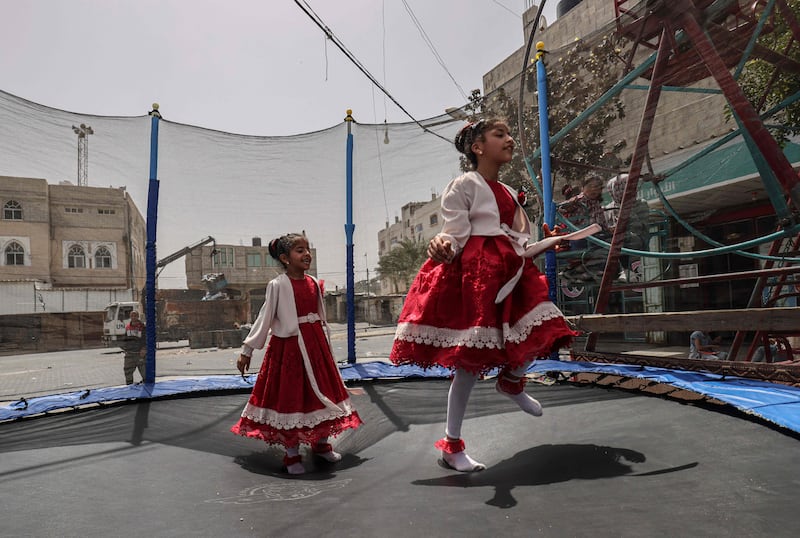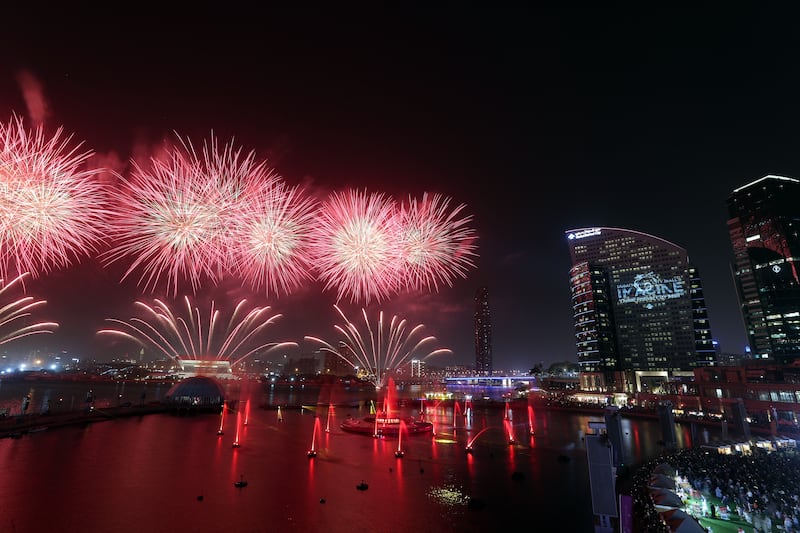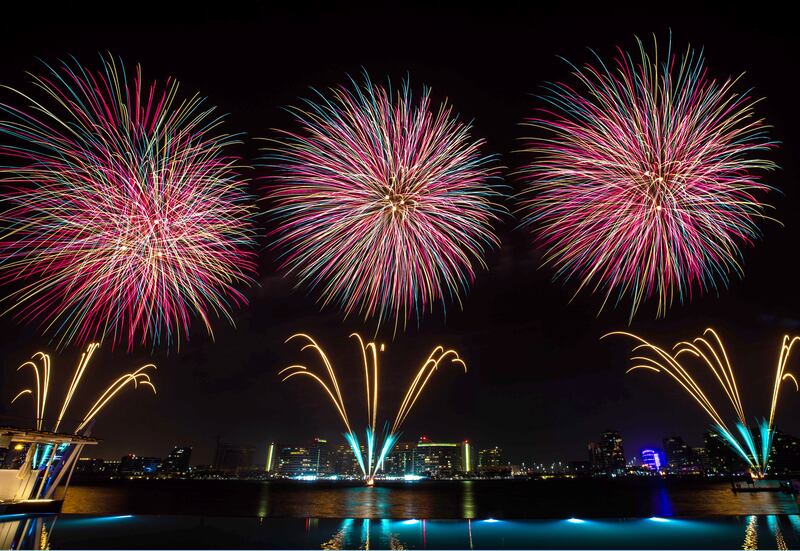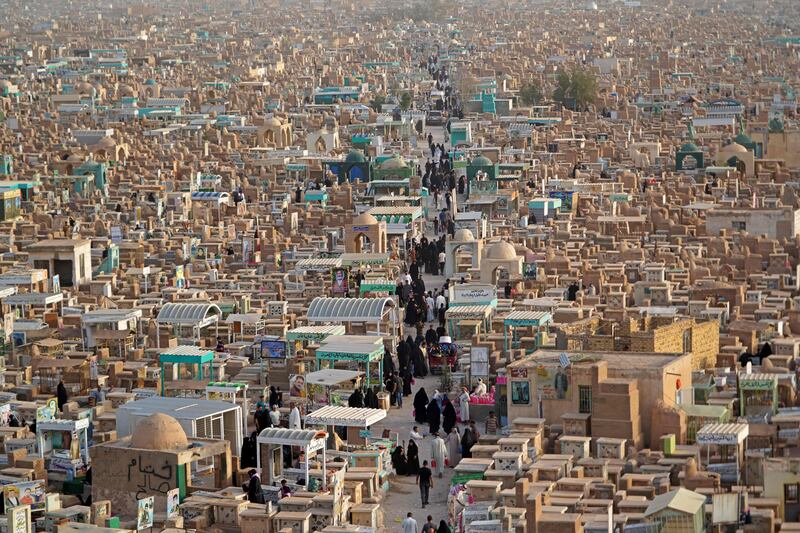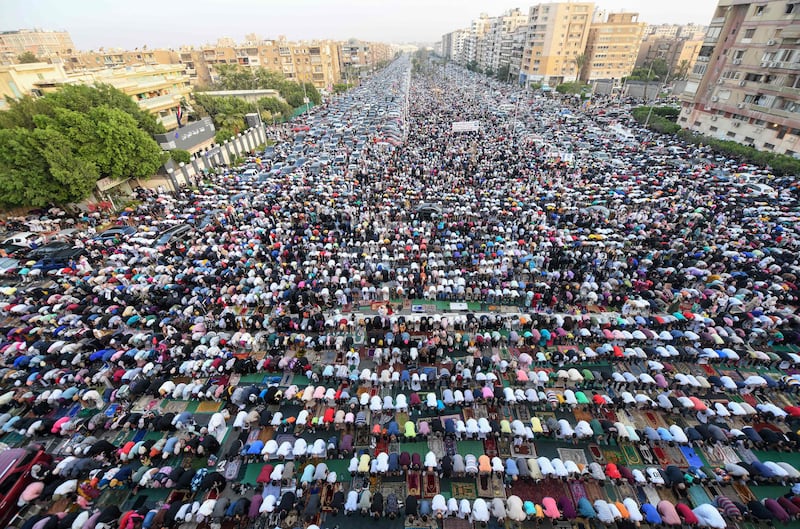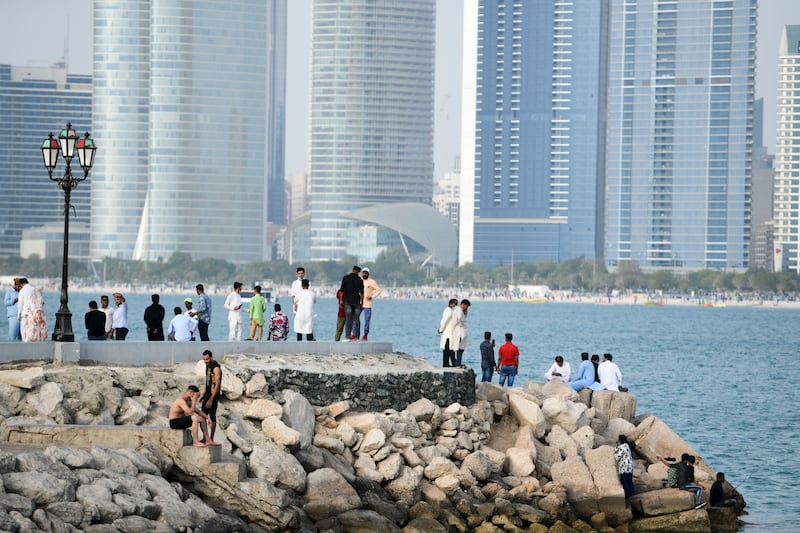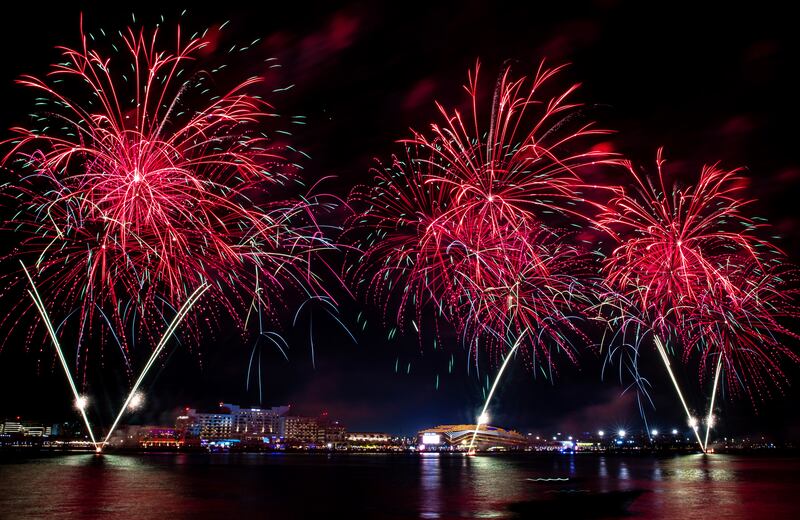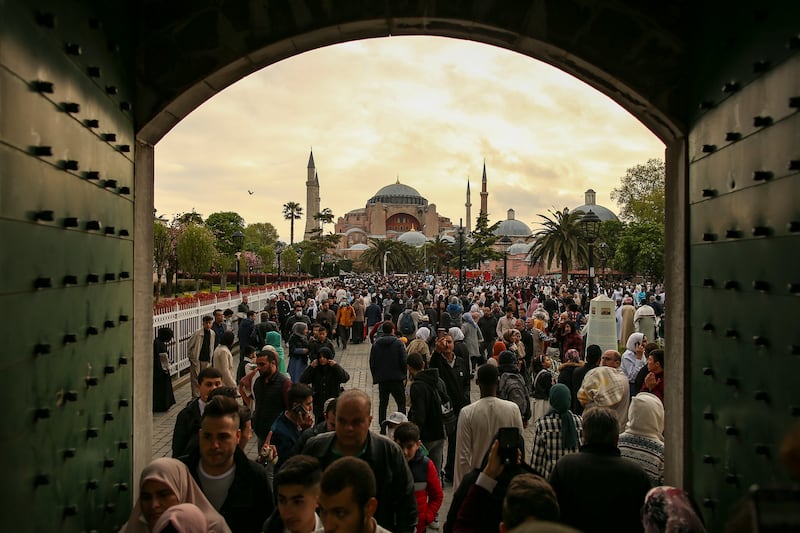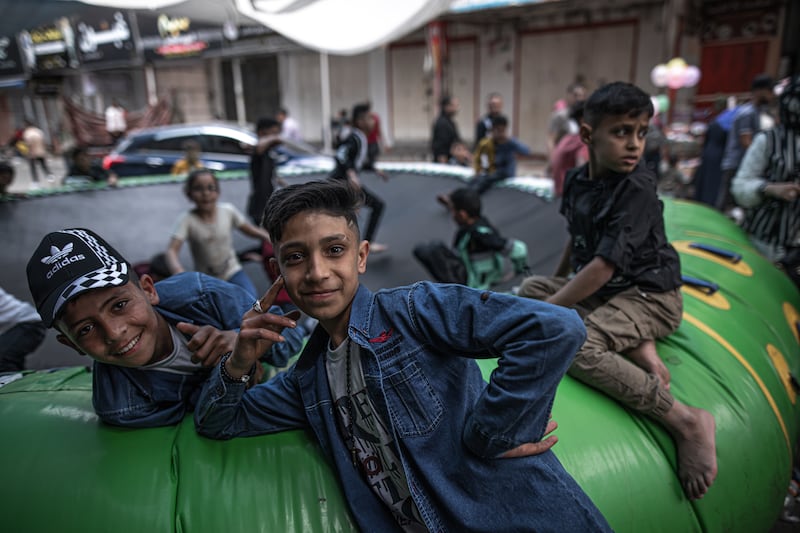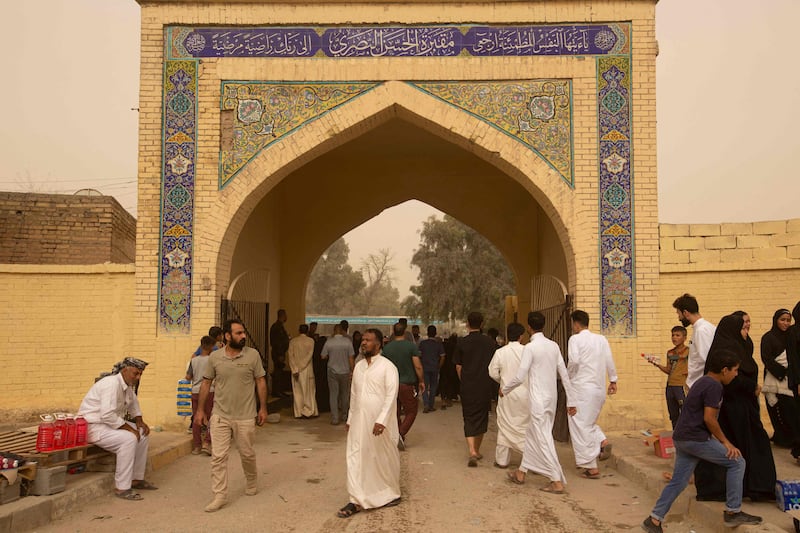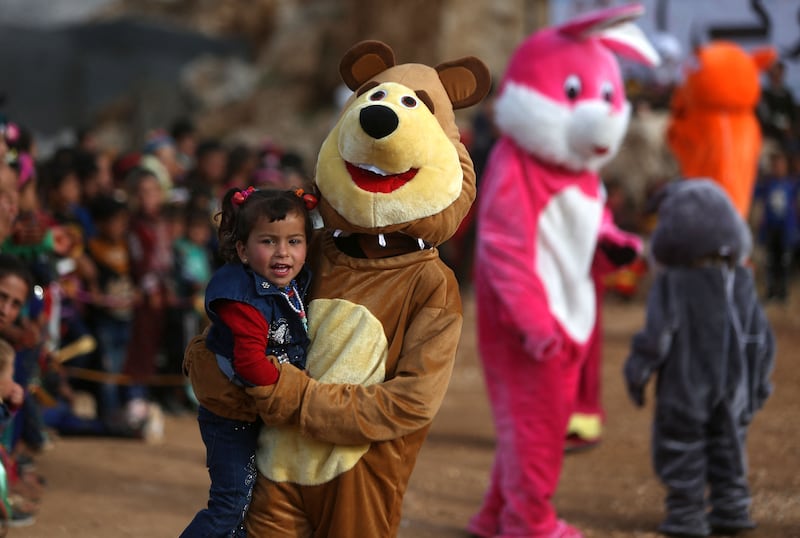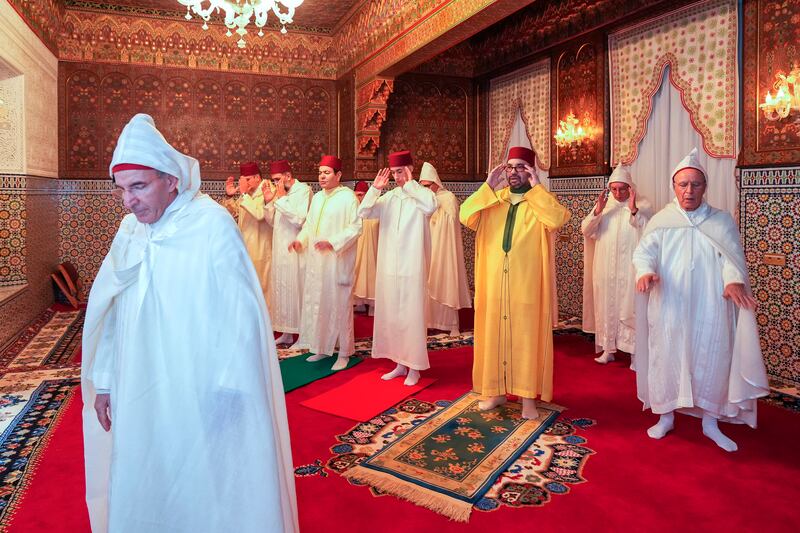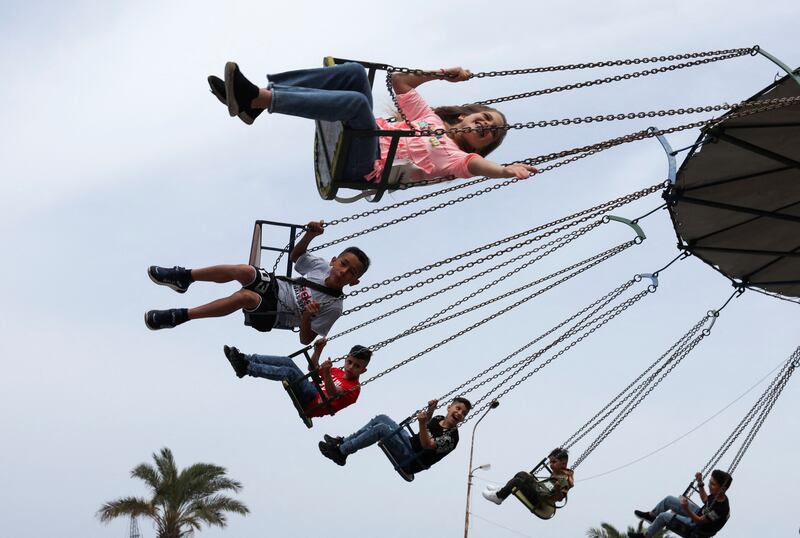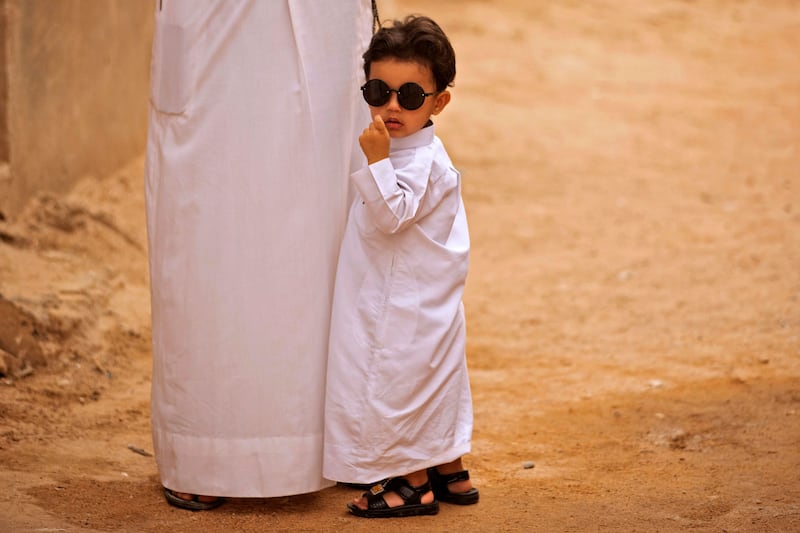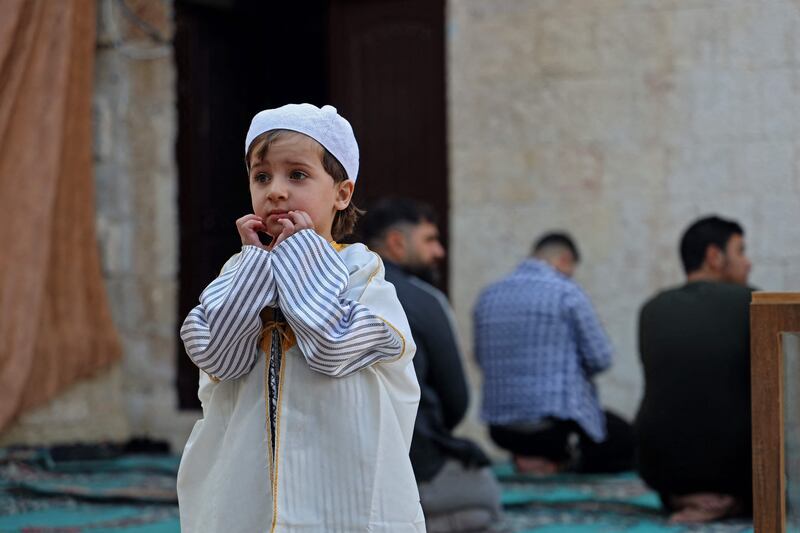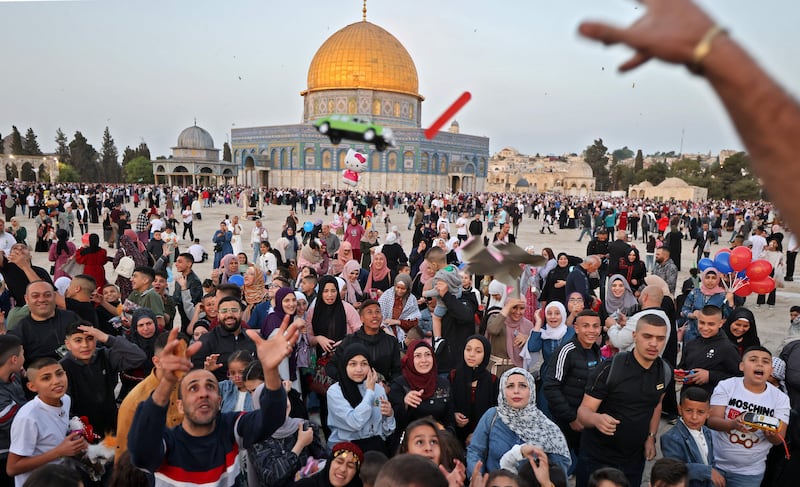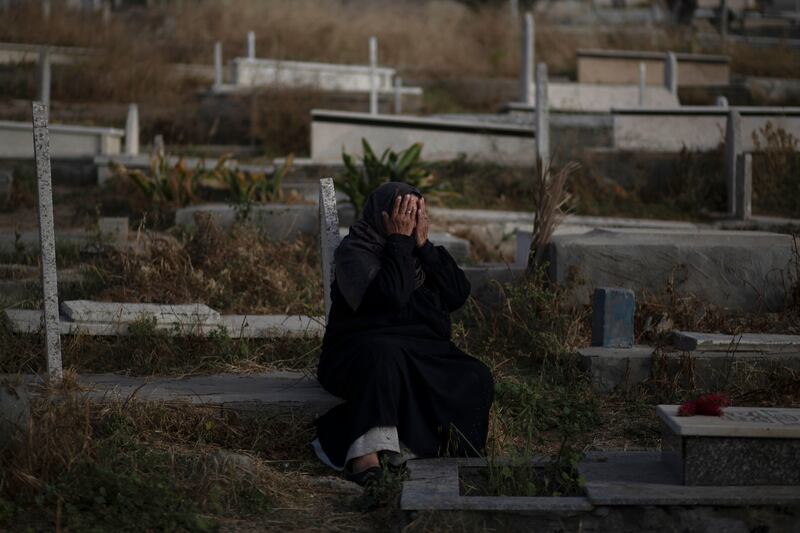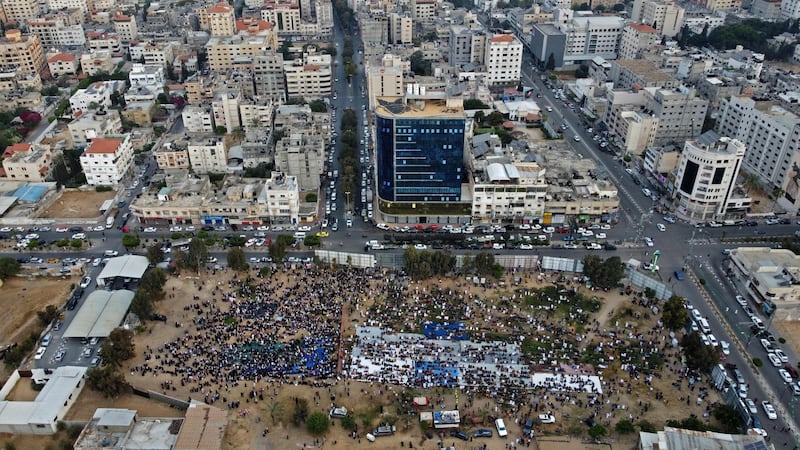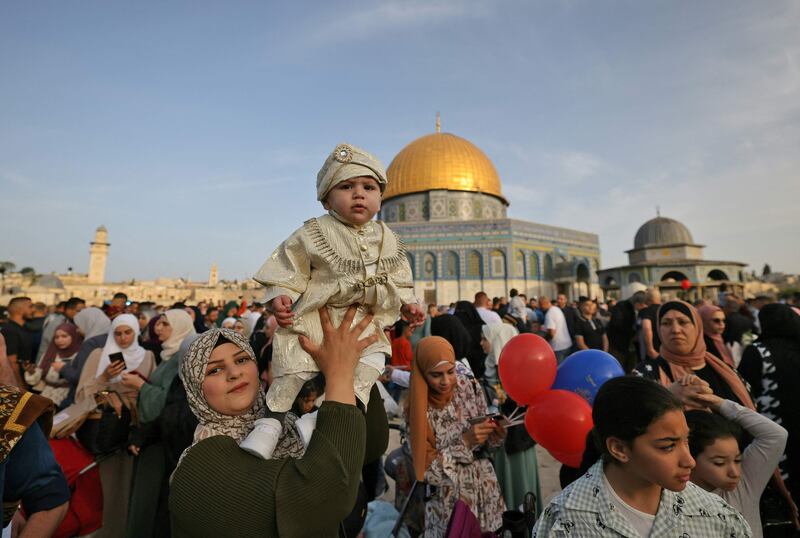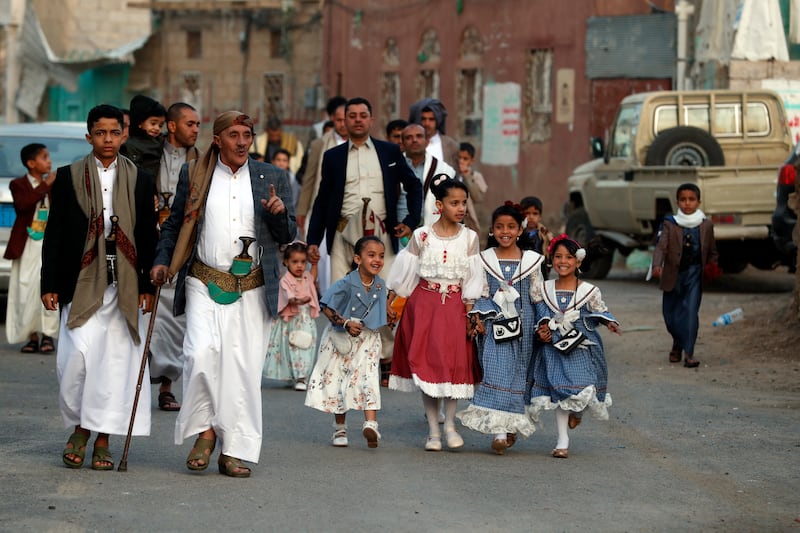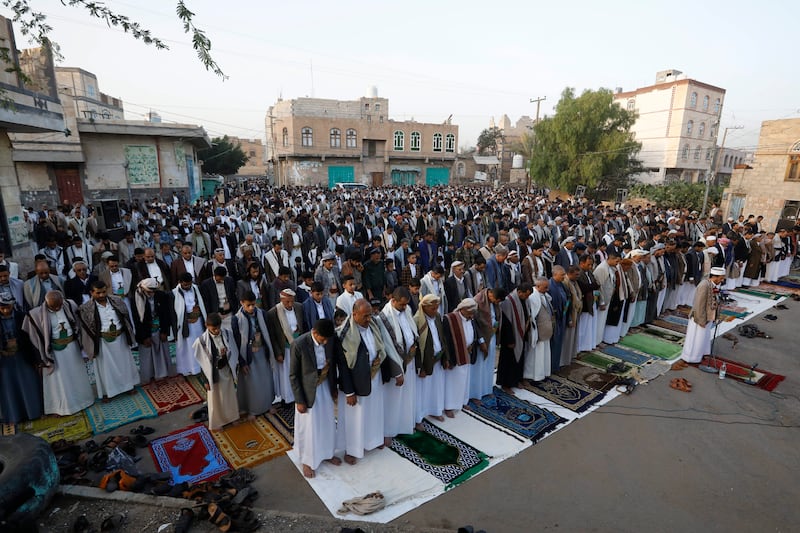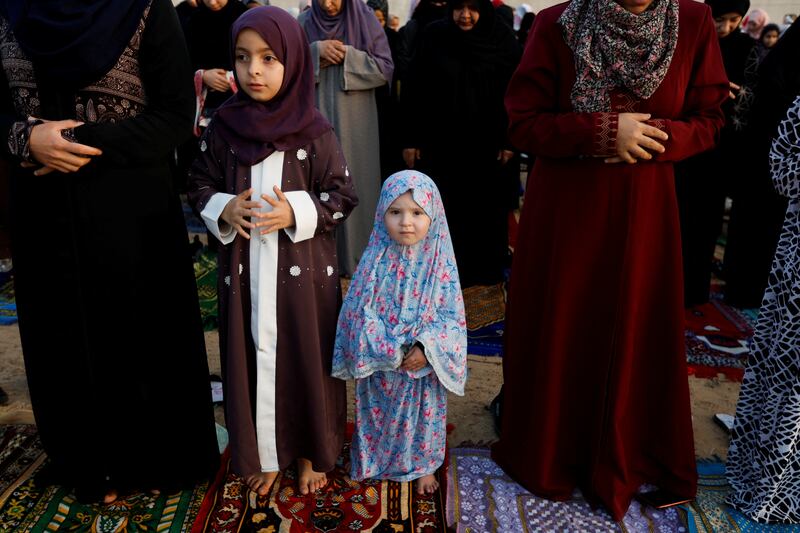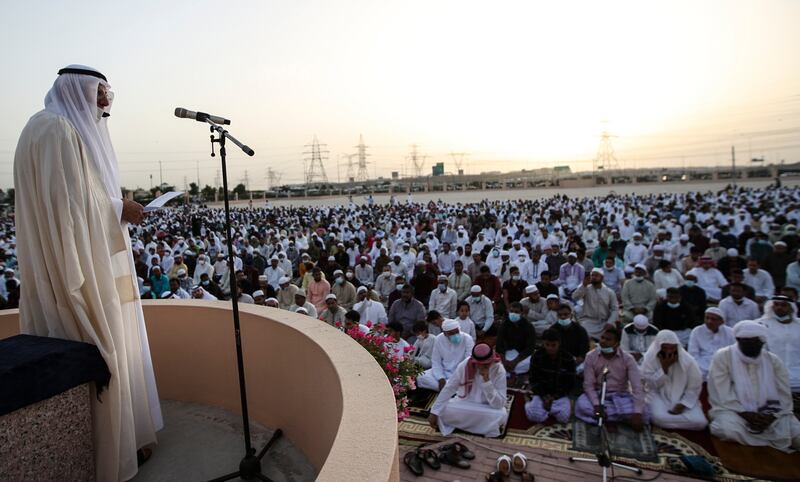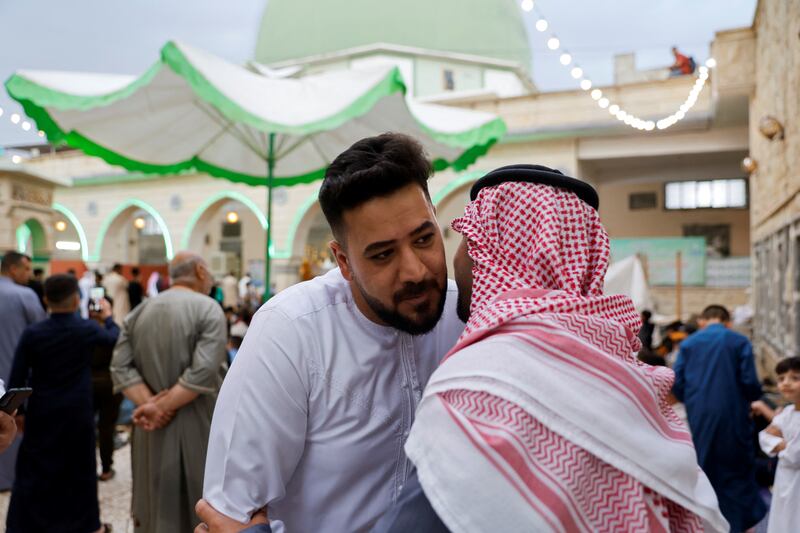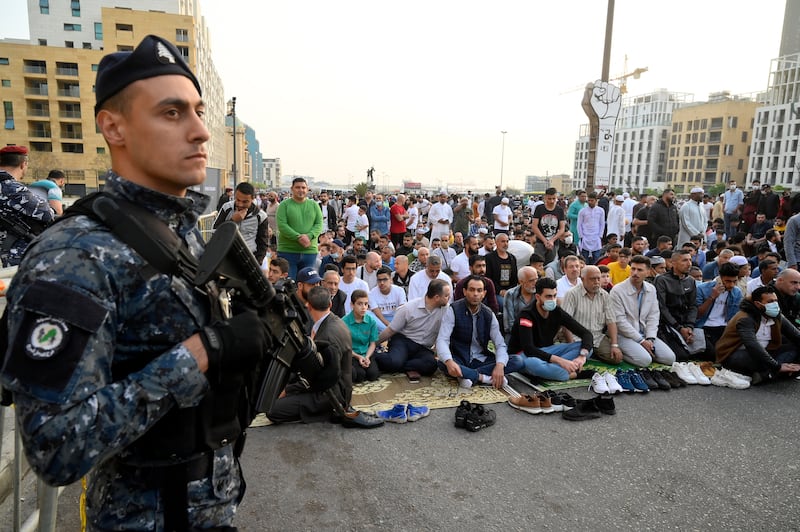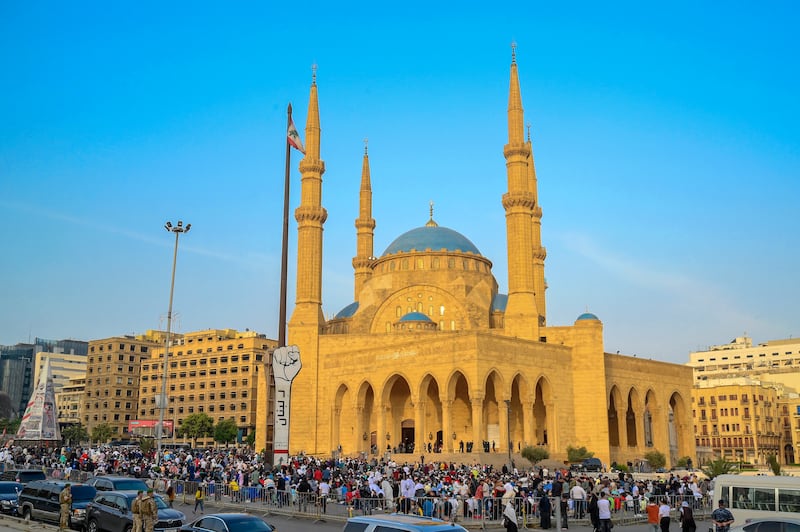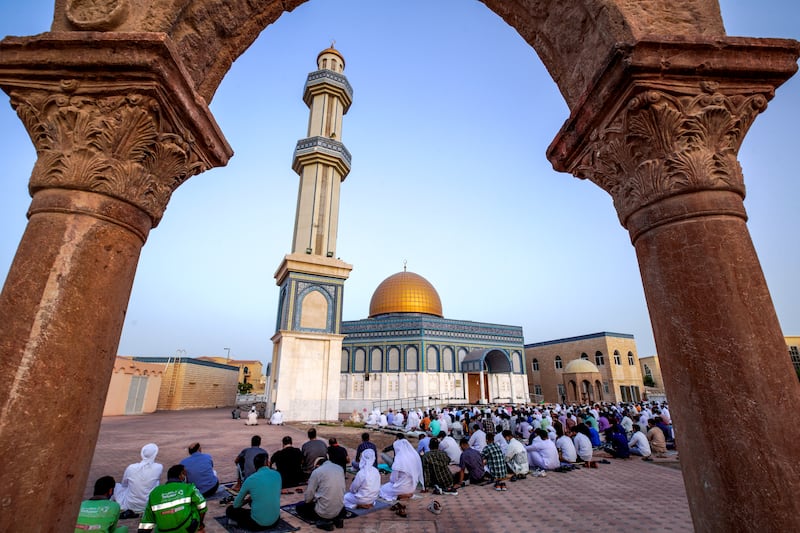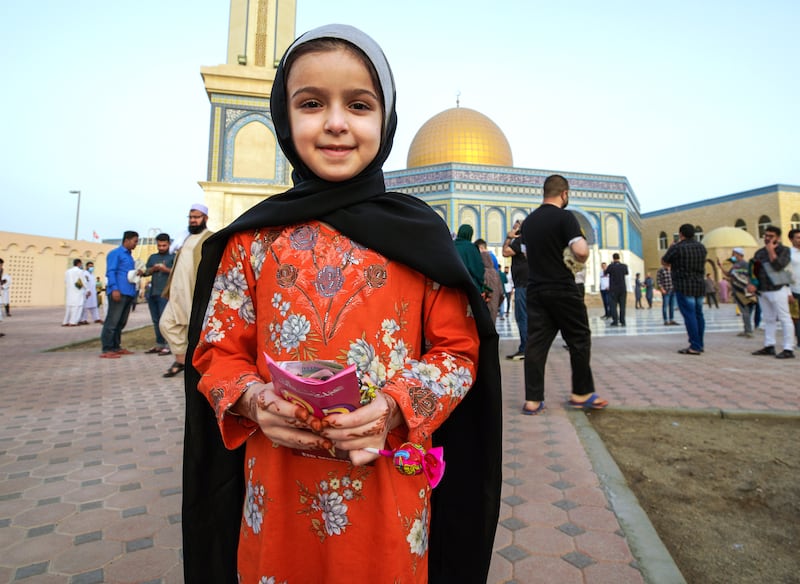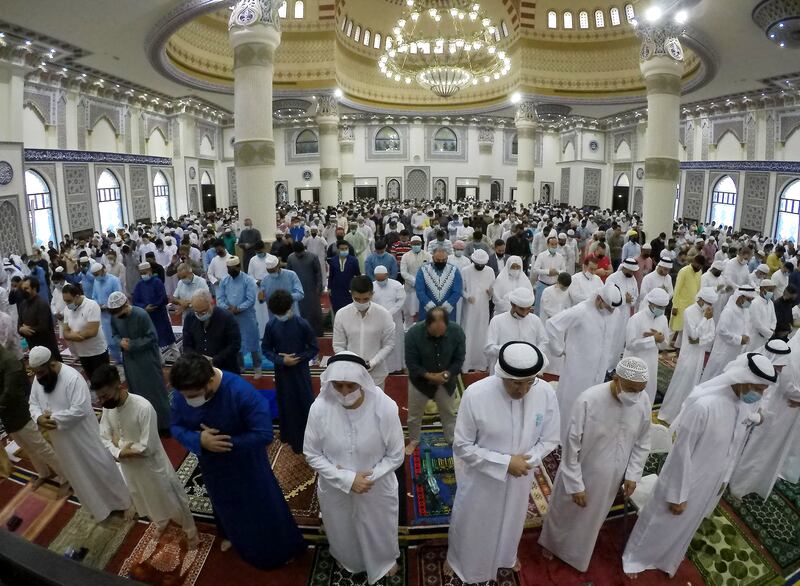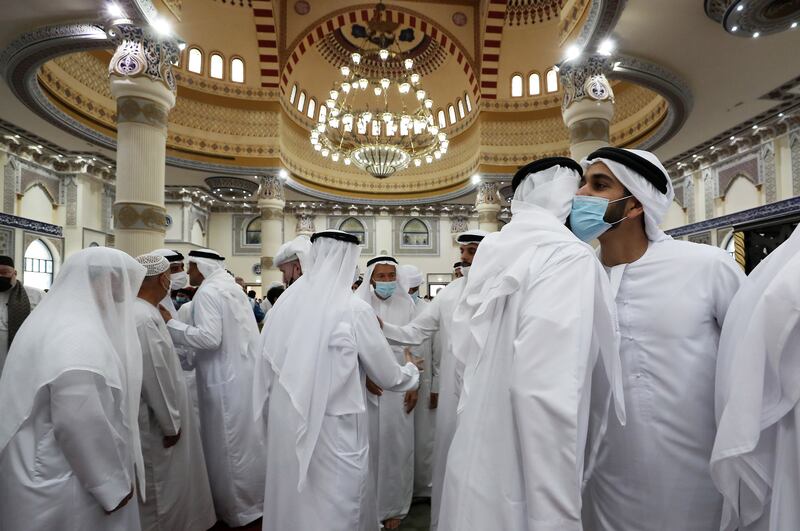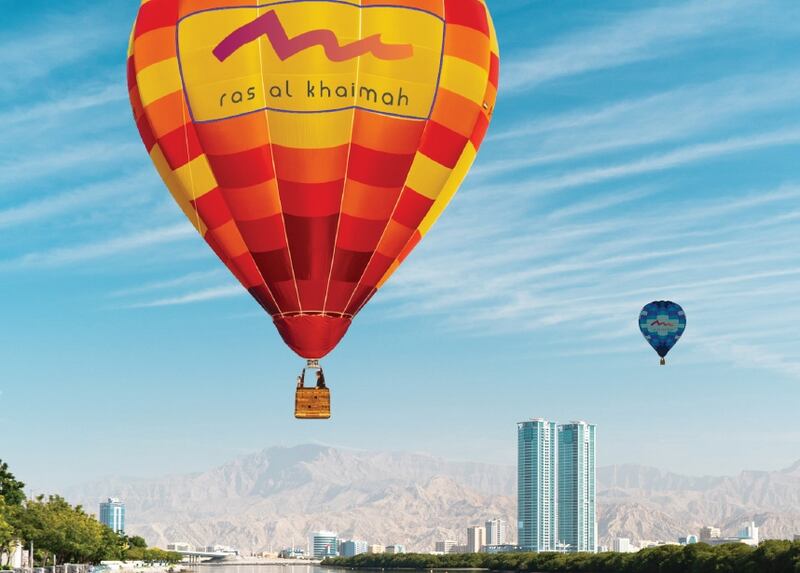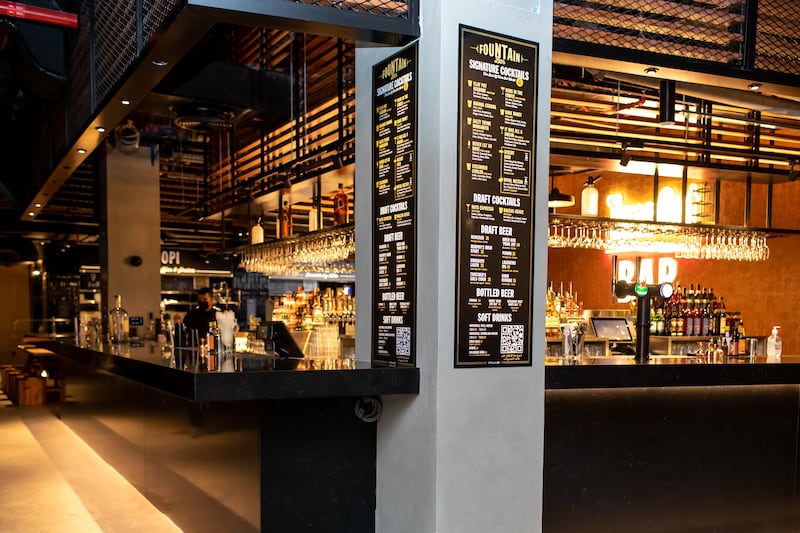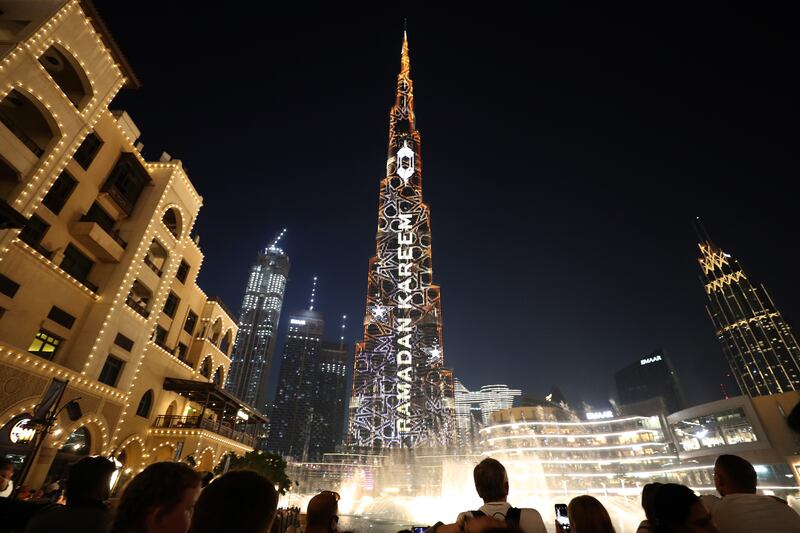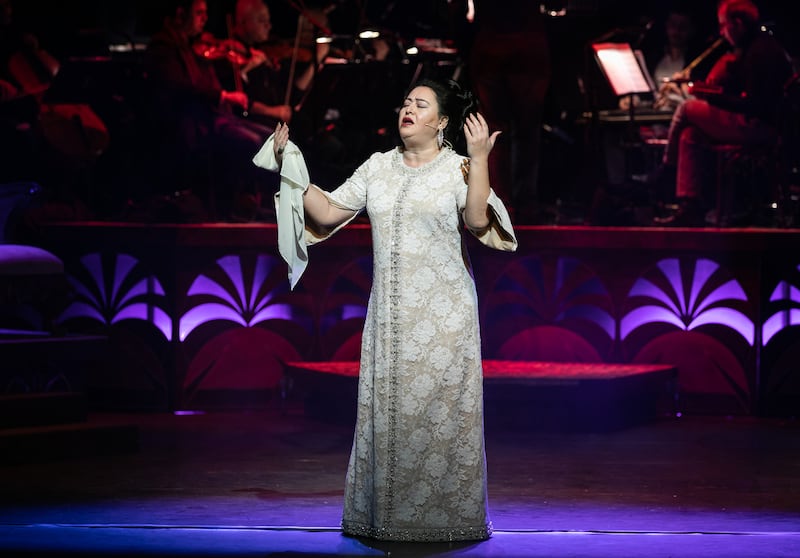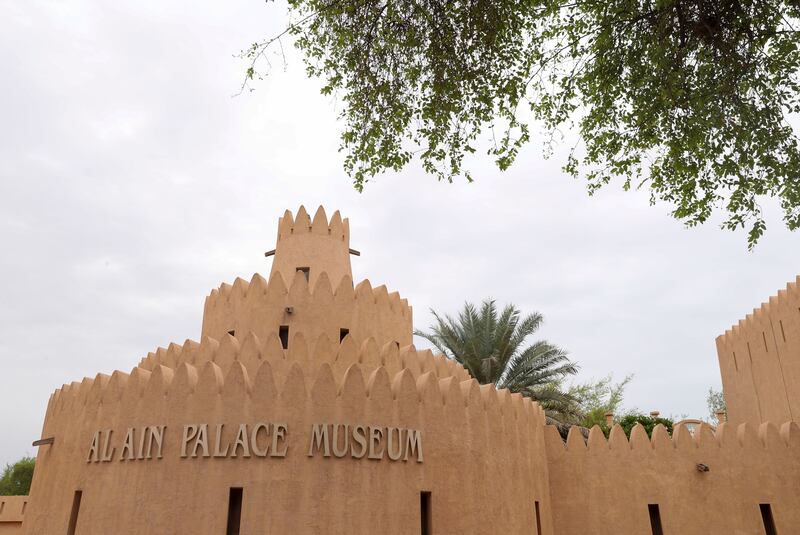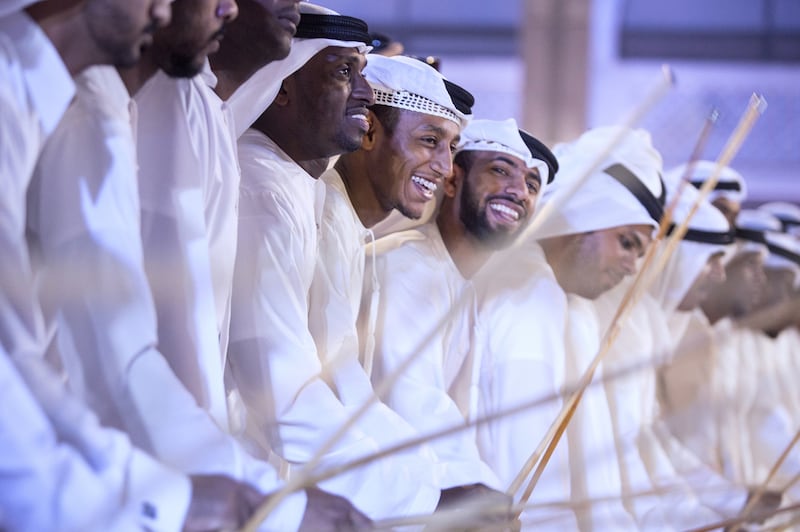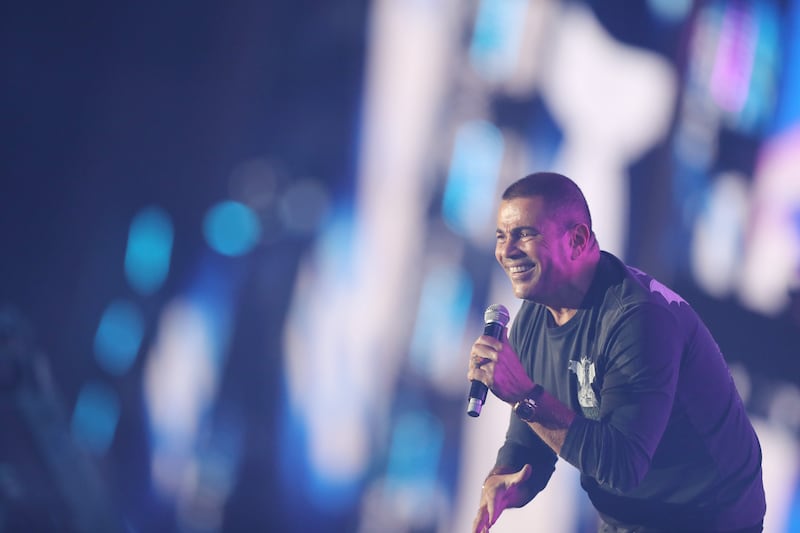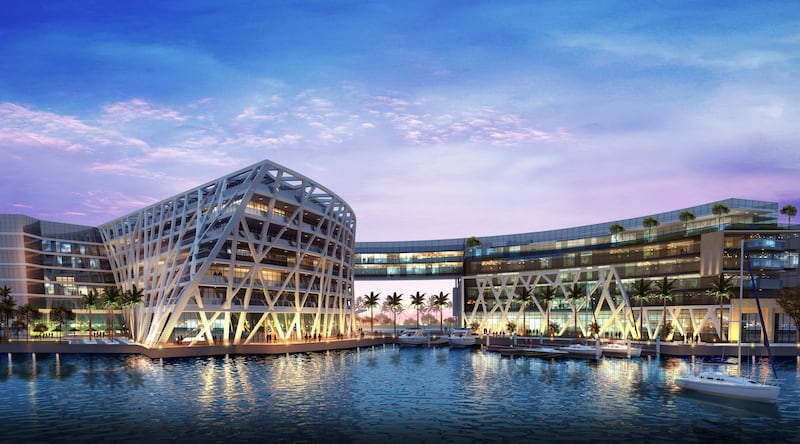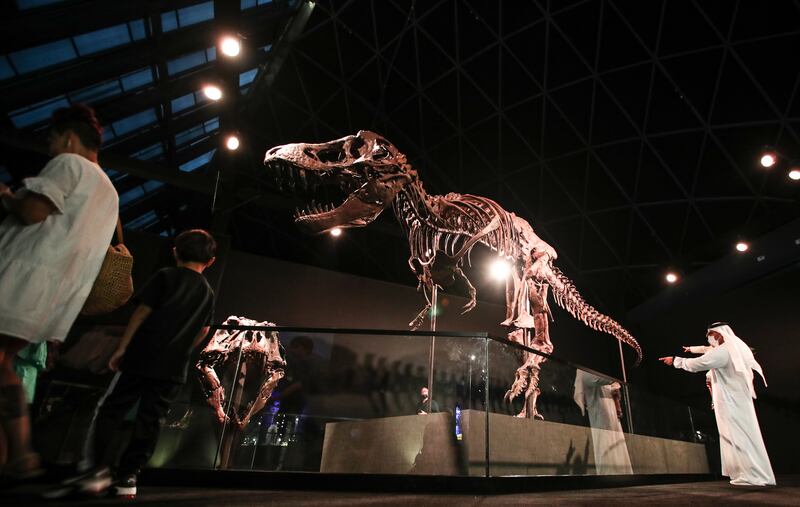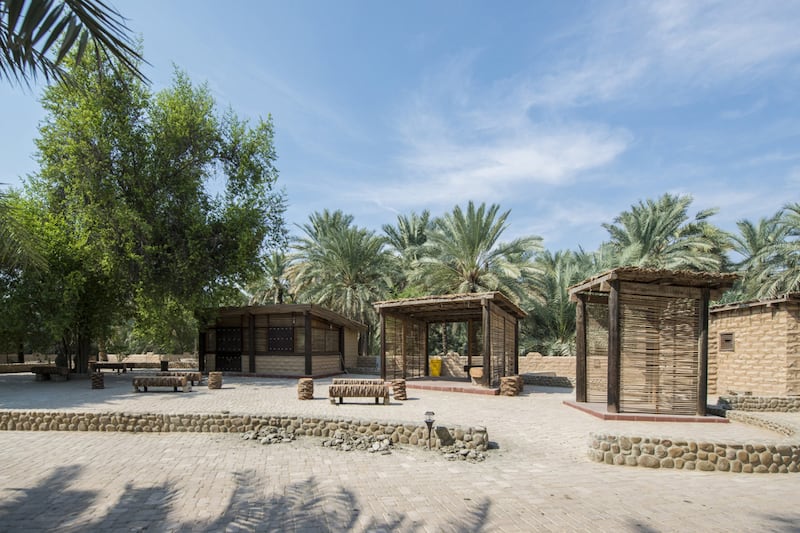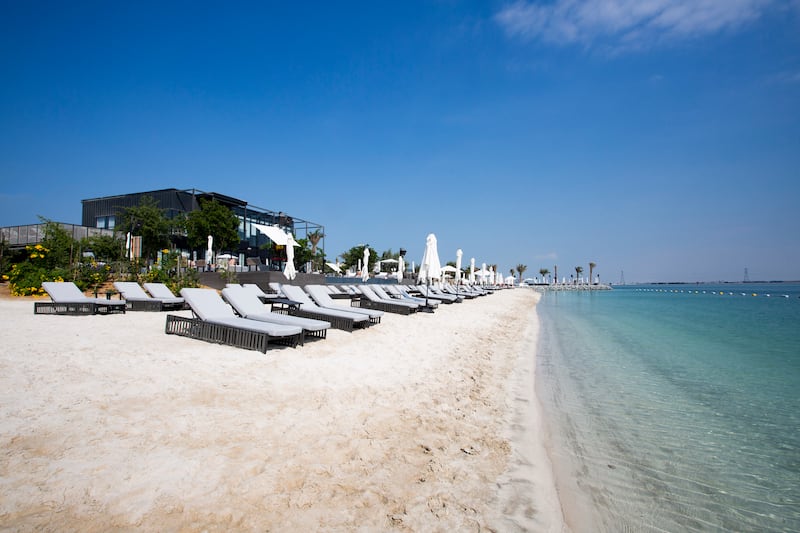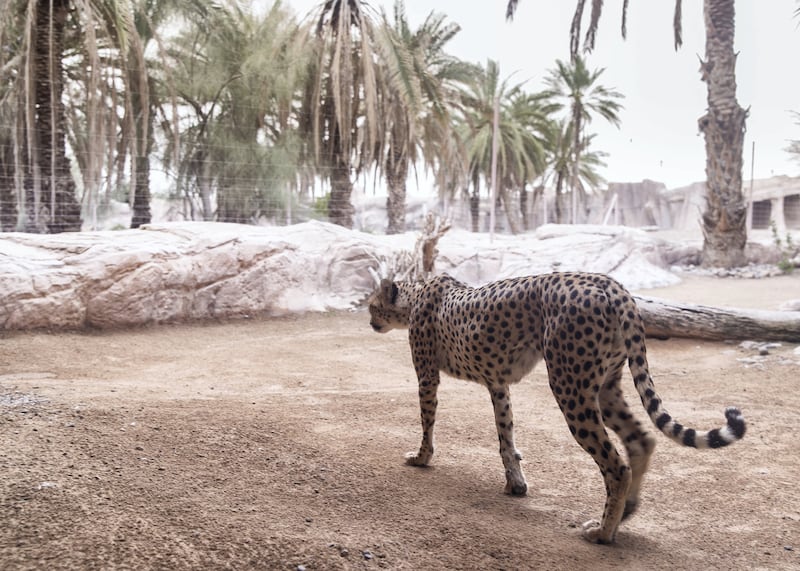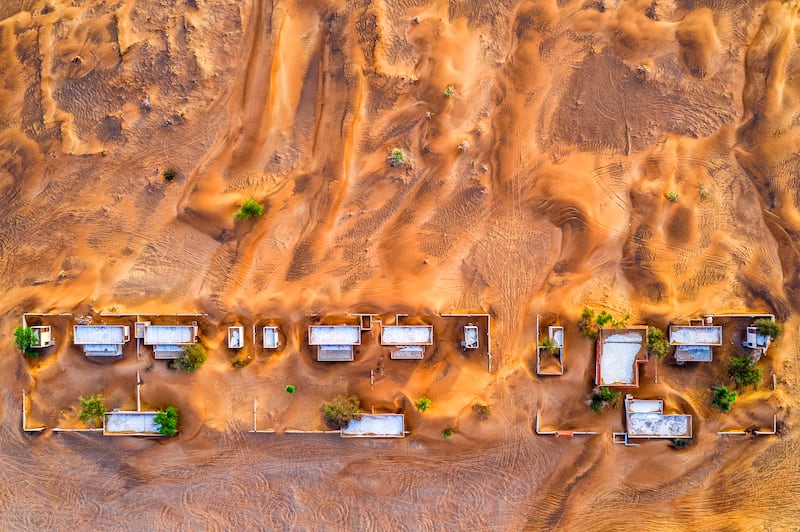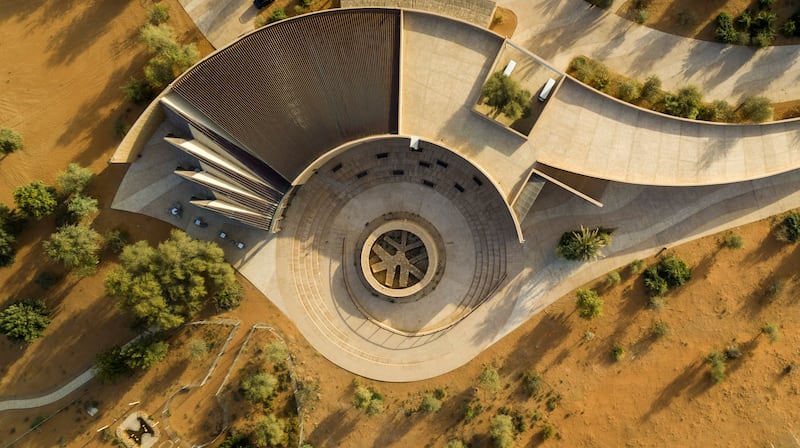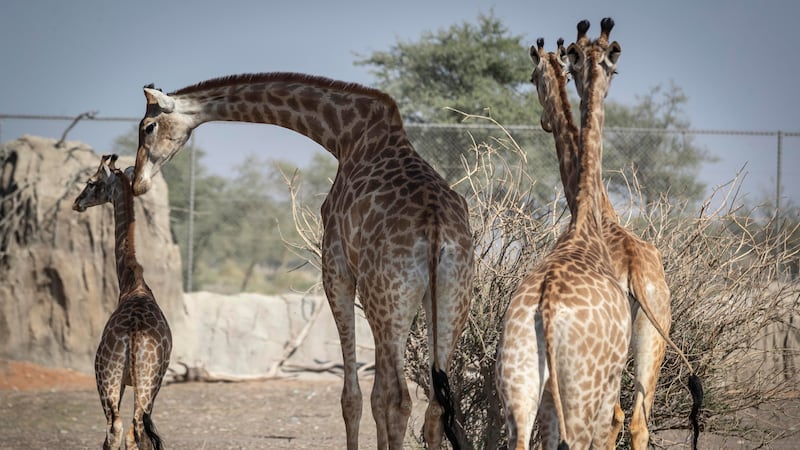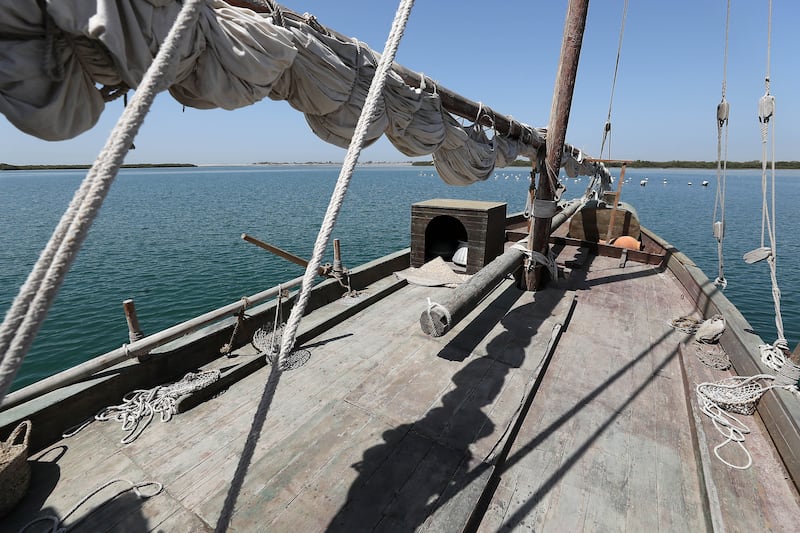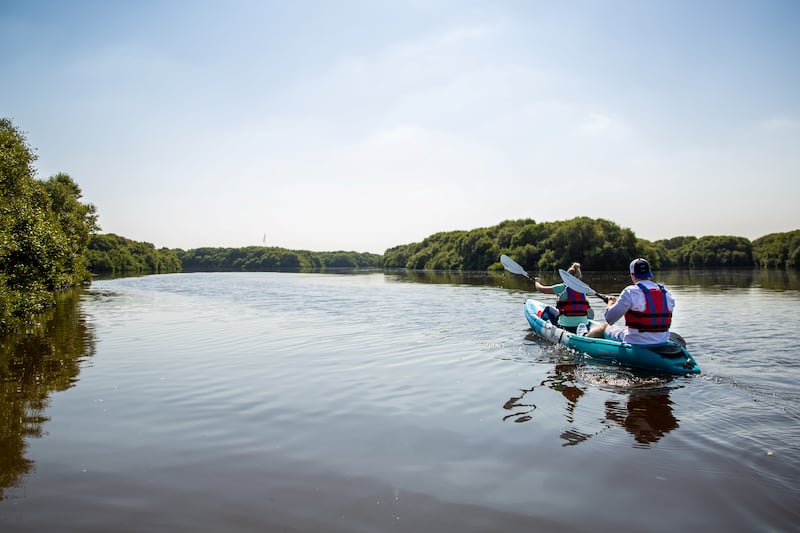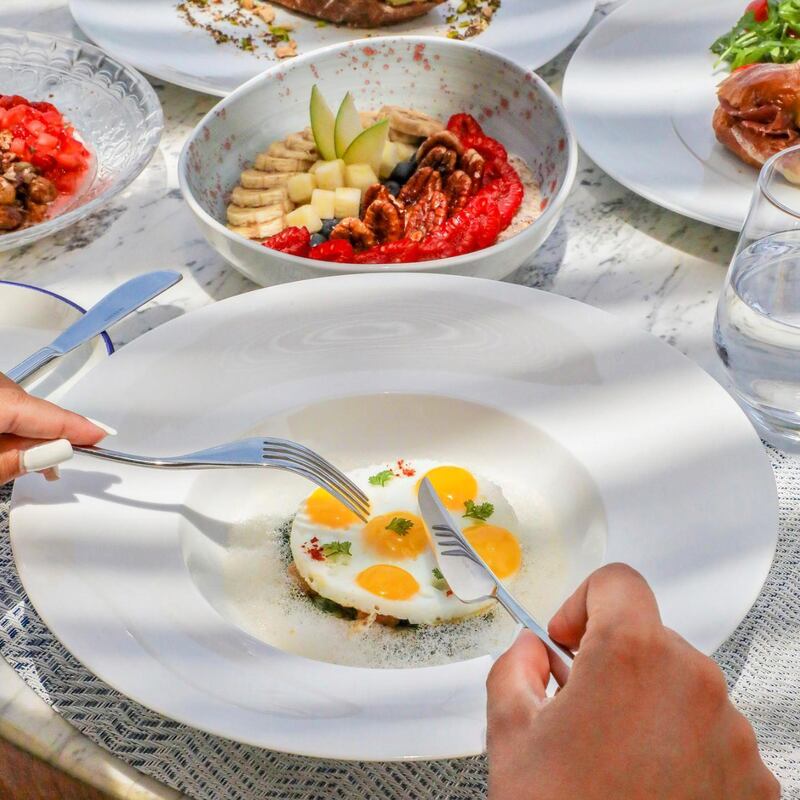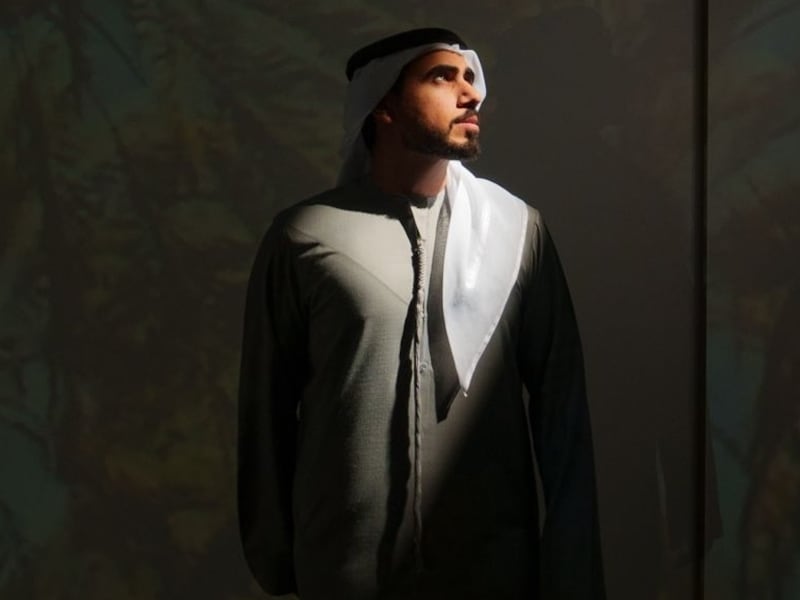Eid Al Fitr is celebrated across the globe every year, marking the end of Ramadan. It is considered the festival of fast breaking.
Every year, Muslims wait at the end of Ramadan to see if moon sighting committees spot the new crescent moon on the 28th or 29th day. If they do, that's the end of Ramadan, the start of the month of Shawwal, and the beginning of Eid Al Fitr.
Because of this, some countries may celebrate Eid Al Fitr a day after others.
In 2022, Eid Al Fitr began on May 2.
Take a look through the photo gallery above to see how people celebrated around the Mena region this year.
How is Eid Al Fitr celebrated?
This varies across the globe (in some countries it's a one-day celebration, in others it is marked over three days), but here are some of the most common practices:
Prayers
The Eid morning prayer happens just after dawn and is very important and considered compulsory for all those who are able to complete the prayer. Typically, it is usually performed in a communal and public space, such as a mosque or a park, but because of the pandemic, things may be different, depending on where you're located.
It's also very common for people to normally wear new clothes to the prayer.
For those unable to go to the mosque or park, here's a guide on how to perform Eid prayers at home:
How to do Eid prayers at home
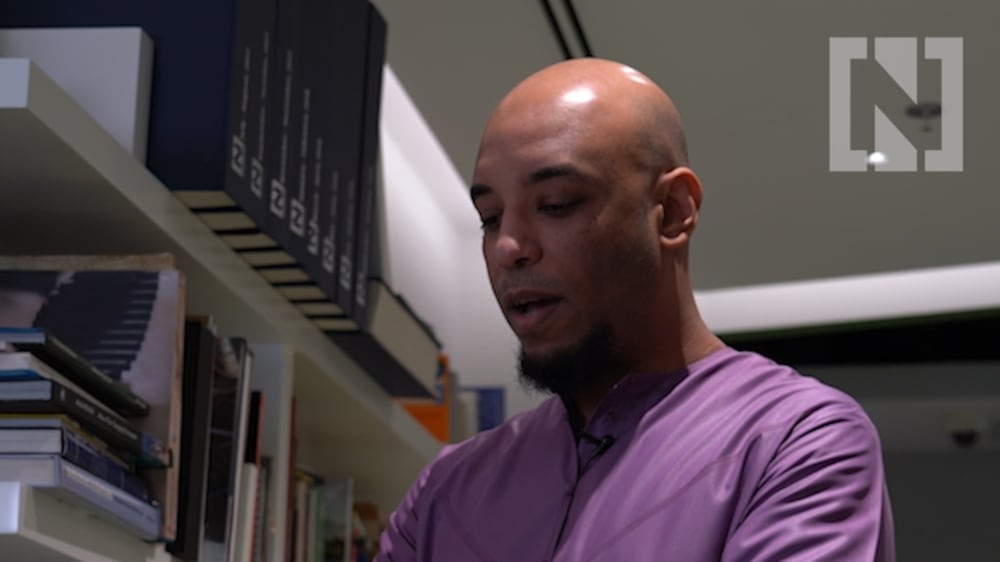
There is no call to prayer, and the Eid prayer is followed by a sermon. A big part of the ritual is greeting others who have gathered to pray and wishing them an "Eid Mubarak". In the past, after the prayer, families and friends tended to get together for a big breakfast at home.
Public holidays
While Eid isn't a public holiday for all Muslims around the world, it is in many countries, including the UAE, Egypt, Saudi Arabia, Tunisia, Indonesia and Pakistan.
Visiting with family and friends
Building and maintaining a sense of community is an important and age-old part of Eid Al Fitr. Usually, people visit their friends and family but because of the pandemic, that may not be possible. Luckily, there are video calls to help connect to loved ones who may be far away.
It is also common to greet strangers and those around you with a warm "Eid Mubarak".
Different countries around the world have different traditional Eid foods: in Indonesia, a layered cake is eaten; in the Levant, the filled shortbread maamoul cookie is popular; while in the subcontinent a sweet vermicelli noodle dish called sheer khurma is particularly popular; and in Russia, traditional dumplings are eaten.
Henna
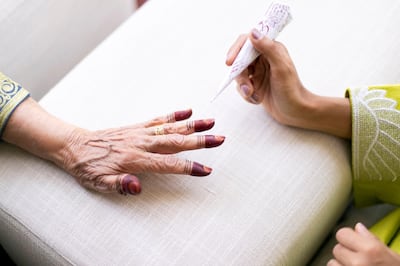
Because make-up and nail polish are avoided during Ramadan, Eid has traditionally become a time to dazzle and wear your best new clothes, often adorning yourself with henna. You can read more about that tradition here.
Gifts for children
Normally, adults prepare a small pile of cash as a gift for children during Eid, called Eidiya – Eid money. At the moment, however, it is recommended to offer e-vouchers instead, particularly to those outside your immediate family, to help curb the spread of the coronavirus.
These gifts are given because Eid is all about celebrating abundance and "fostering love", in a tasteful way, after the reflective month of Ramadan.
But the true spirit of Eid Al Fitr is still about charity, which is reflected with zakat ...
Being charitable: Zakat Al Fitr
Every Muslim who has the means is expected to give to charity at some point during Ramadan. This sense of charity is one of the five pillars of Islam. The Zakat Al Fitr donation can be given on any day of Ramadan, and up until the morning of Eid Al Fitr (before the fajr/dawn prayer).
Unlike sporadic donations to charity, zakat is a sustained payment calculated based on the payer’s income using a percentage – similar to a tax.
Zakat is considered mandatory to all adult Muslims who earn a minimum amount of money each year – known as nisab. Traditionally, the nisab threshold is 87.48 grams of gold or 612.36g of silver. As a result, the monetary value of nisab varies according to current prices and currencies.
Those eligible to pay zakat must pay 2.5 per cent of their cumulative wealth to charity each year. This payment is said to "purify" a Muslim's wealth.
It is almost like a tax, but one that goes straight to those in need. You can read more about zakat here.
Lights and fireworks
Many Muslims around the world will decorate their homes with traditional lights to mark Eid, and cities light up with decorative displays. Today, fireworks are also common.
What is the difference between Eid Al Fitr and Eid Al Adha?
These are the two main holidays in the Islamic calendar, but Eid Al Fitr is generally known as the "lesser Eid", while Eid Al Adha is the "greater Eid".
Eid Al Fitr marks the breaking of the fast, while Eid Al Adha is considered the festival of sacrifice.
Eid Al Adha is the most important of the two main holidays in the Muslim world and it falls on the 10th day of Dhul Hijjah, the 12th and final month in the Islamic calendar.
Dhul Hijjah translates to "the month of pilgrimage", which is fitting because it is the month when Muslims perform Hajj – a religious duty that must be carried out at least once in a lifetime by all Muslims who are physically capable and can afford it.
During Eid Al Adha it is customary for a family to have a goat or sheep butchered at an abattoir and share the meat between themselves, their relatives and the underprivileged. You can read more about Eid Al Adha here.
